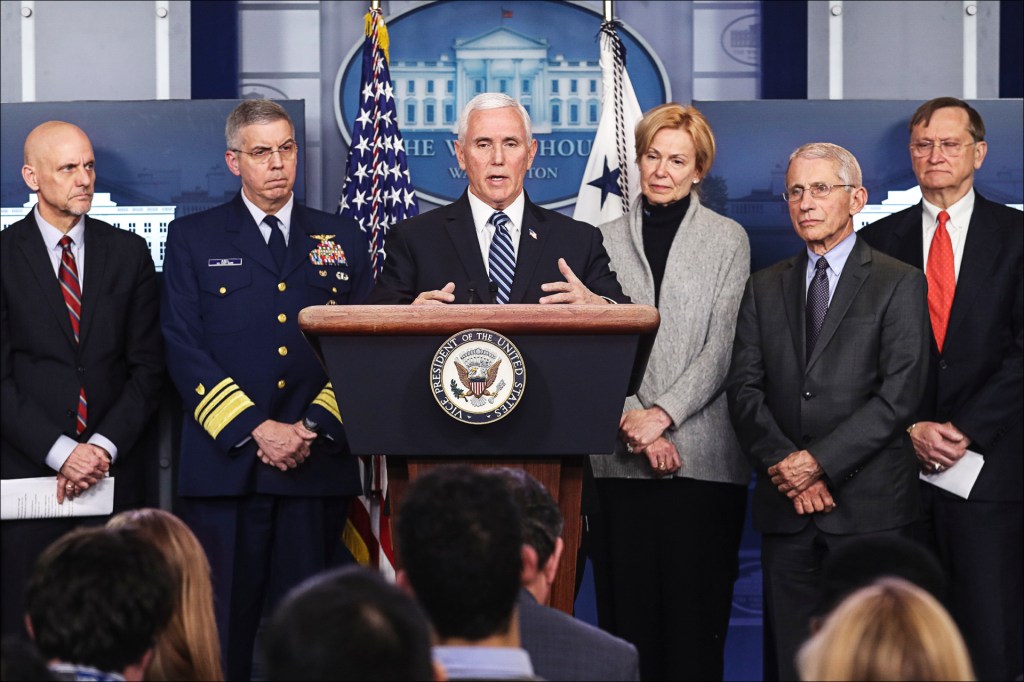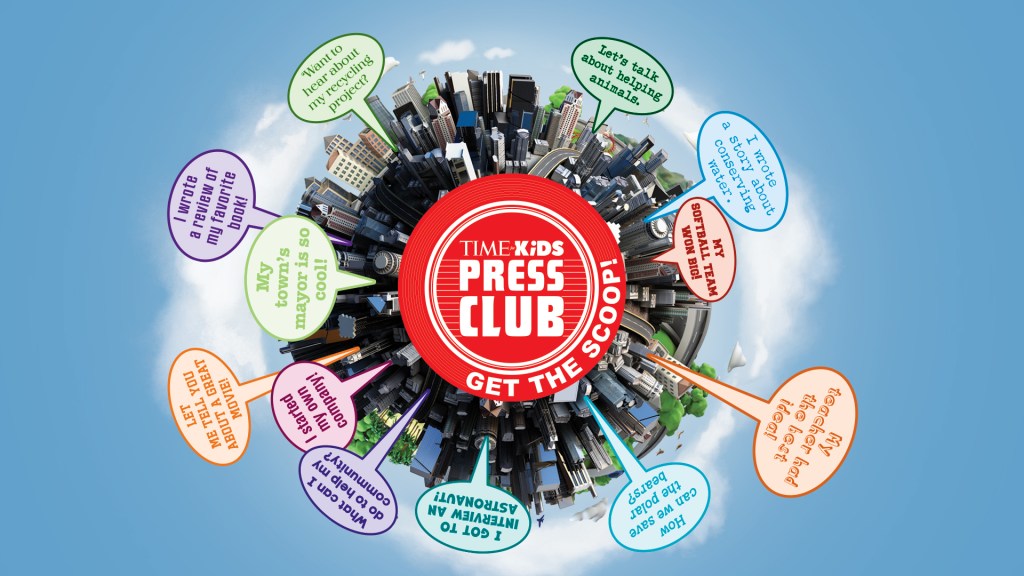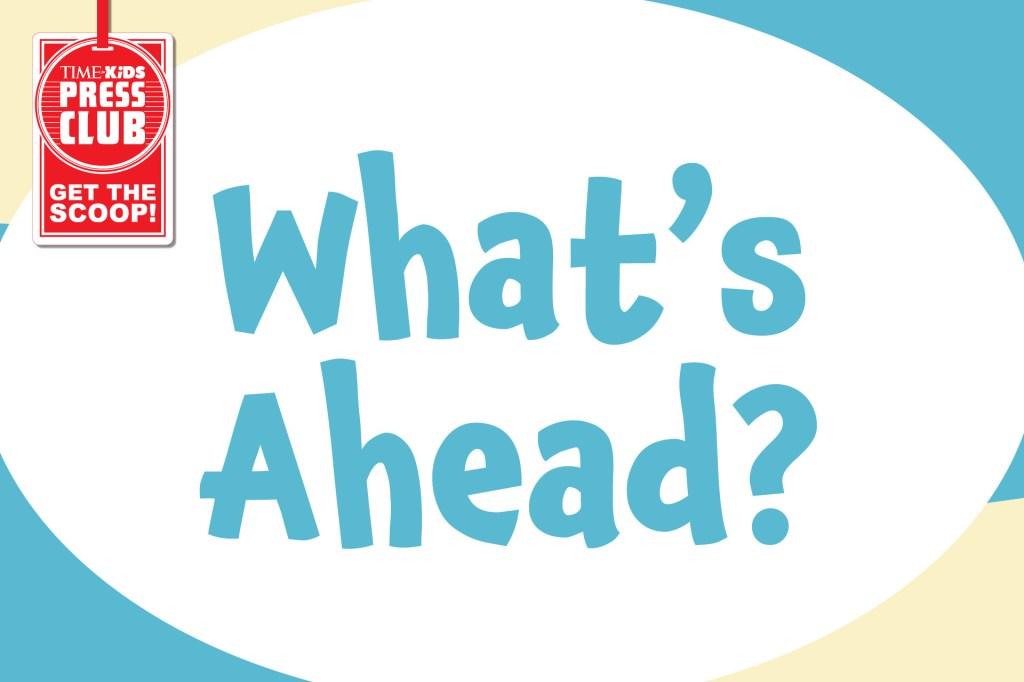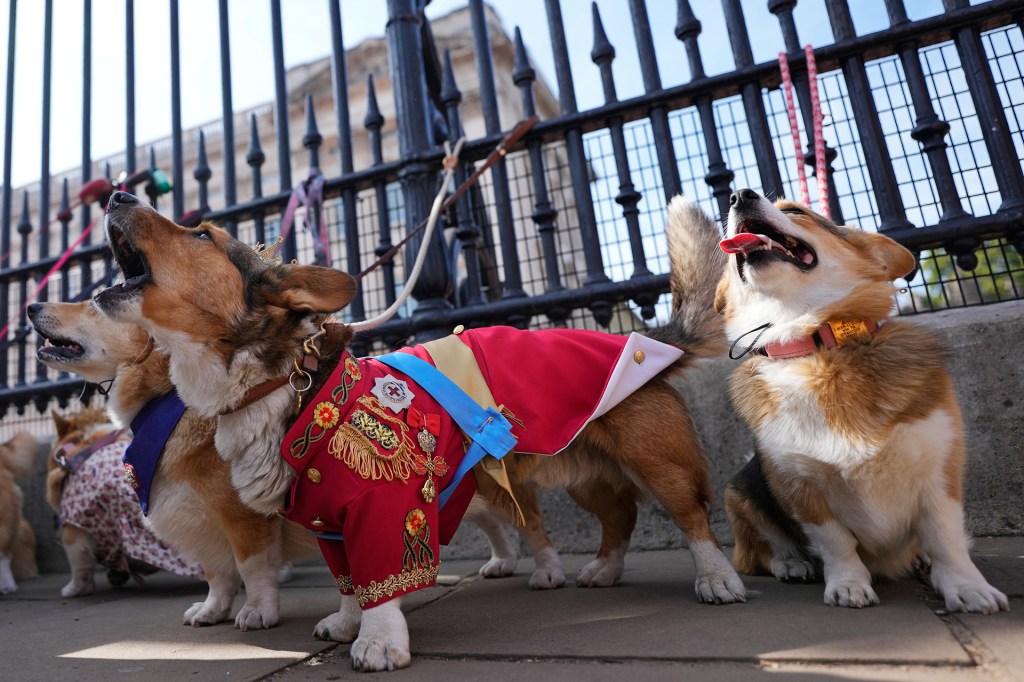Protecting the Public

As the new coronavirus travels around the world, communities are taking steps to stop its spread.
The new virus was first identified in China, in December. Experts believe that’s where it first moved from animals to people. Since then, the virus has spread quickly. It causes a disease called COVID-19. By March 12, cases of COVID-19 had been found in 116 countries. Nearly 130,000 people had tested positive for the disease.
Most people get only mildly sick with COVID-19. But more than 4,700 people have died. Many were over the age of 80. COVID-19 can be serious for elderly people or those with severe medical conditions. But most people make a full recovery.
In China, the government has put strict rules in place to limit the spread of COVID-19. Nearly 60 million people have been told not to leave home. This is called quarantine. This measure seems to be working. The number of new cases has been falling in China.
Italy is seeing the largest outbreak of COVID-19 outside China. On March 9, Italian officials banned most people from travel within Italy until at least April 3. They’ve told the country’s 60 million people to leave home only when necessary.
COVID-19 in the U.S.
In the United States, about 1,300 cases of COVID-19 have been confirmed. On March 11, President Donald Trump announced major restrictions on travel from Europe to the U.S. for 30 days. He says this is to fight the pandemic
pandemic
 SAM EDWARDS—GETTY IMAGES
an outbreak of disease that spreads very quickly and affects a large number of people throughout the world
(noun)
Doctors around the world teamed up to try to stop the spread of the pandemic and keep people healthy.
.
SAM EDWARDS—GETTY IMAGES
an outbreak of disease that spreads very quickly and affects a large number of people throughout the world
(noun)
Doctors around the world teamed up to try to stop the spread of the pandemic and keep people healthy.
.
The U.S. Centers for Disease Control and Prevention urges older adults and people with medical conditions to “keep away from others who are sick” and “avoid crowds as much as possible.”
When a person tests positive for COVID-19, health officials retrace his or her movements from before the diagnosis. They reach out to everyone who came in contact with the person, in case those people were infected. Those people are asked to go into quarantine for 14 days. They stay home and avoid other people.
In communities with outbreaks, some schools are closed. Gatherings such as concerts and sporting events may be canceled.
“We see a light at the end of the tunnel,” says Dr. Maria Van Kerkhove of the World Health Organization. “But how quickly we get there depends on what countries do.”
Scientists are racing to create a COVID-19 medicine and vaccine. Alex Azar, U.S. secretary of health and human services, says it’ll be 12 to 18 months before the vaccine is ready.
This story appears in the March 20, 2020, print edition of TIME for Kids. It was published online on the afternoon of March 12. It has not been updated.












